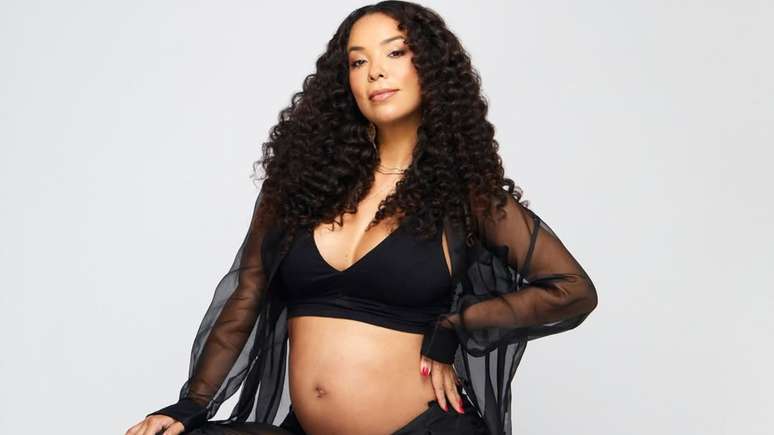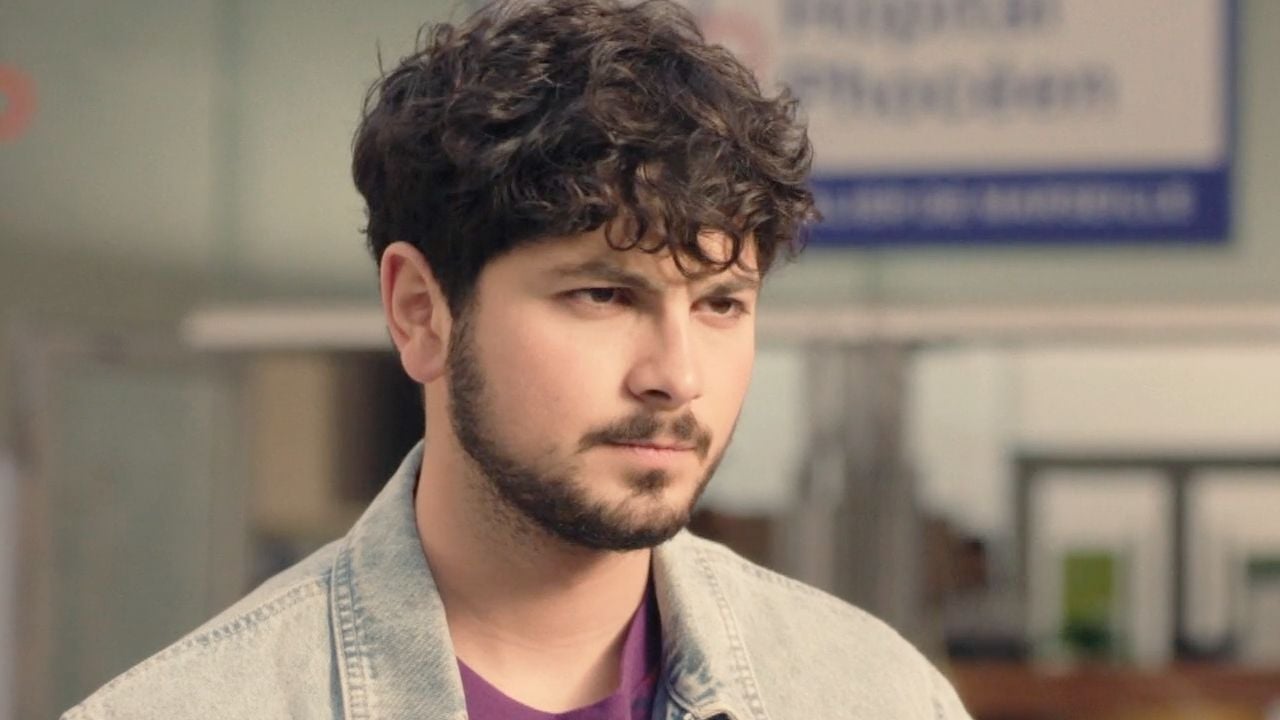Carrying out eye exams is essential to early identify vision problems that may require the use of glasses.
As the end of the school holidays approaches, it is vital to reinforce the importance of looking after children’s eye health and identify the need for glasses. According to the Brazilian Council of Ophthalmology (CBO), 20% of school-age children have ophthalmological problems, of which myopia is the most common.
The pediatric ophthalmologist at CBV-Hospital de Olhos, Mayra Melo, emphasizes the need to be aware of the signs that may indicate vision problems that require the use of glasses. These include squinting to see or rubbing them frequently. THE verify Ophthalmology is essential to ensure the visual well-being of children. Vision problems can have a direct impact on development and academic performance.
In the past it was recommended to undergo the first eye examination at preschool age. However, in the case of children entering school early, the recommendation is to carry out exams throughout early childhood, around the age of three. “Early in life, the child’s world is predominantly close-up, which can mask distance vision problems, such as myopia. Often these difficulties only appear when the child starts attending school and needs to look at the blackboard “, explains Mayra.
Importance of ophthalmological exams
Some vision problems have no obvious symptoms. According to the pediatric ophthalmologist, “the teacher can be a great ally of parents when visual difficulties are observed. However, there are cases in which there are no obvious signs, such as when a deficiency affects only one eye. The child sees well because The other eye compensates, but she does not realize that one of her eyes has impaired vision.”
Early diagnosis is essential to avoid the worsening of more serious problems, as some conditions become irreversible if detected late. “The development of vision occurs up to eight years of age, and it is crucial to ensure good visual conditions during this period for the brain to learn to see correctly. If a visual impairment is discovered after this age, the chances of reversing the condition decrease significantly” , explains Mayra.
Therefore, carrying out regular eye exams is essential to early identify and treat vision problems that could compromise children’s academic performance and quality of life. Refractive problems, such as nearsightedness, farsightedness and astigmatism, for example, can be easily corrected with the use of glasses.
Source: Terra
Ben Stock is a lifestyle journalist and author at Gossipify. He writes about topics such as health, wellness, travel, food and home decor. He provides practical advice and inspiration to improve well-being, keeps readers up to date with latest lifestyle news and trends, known for his engaging writing style, in-depth analysis and unique perspectives.









